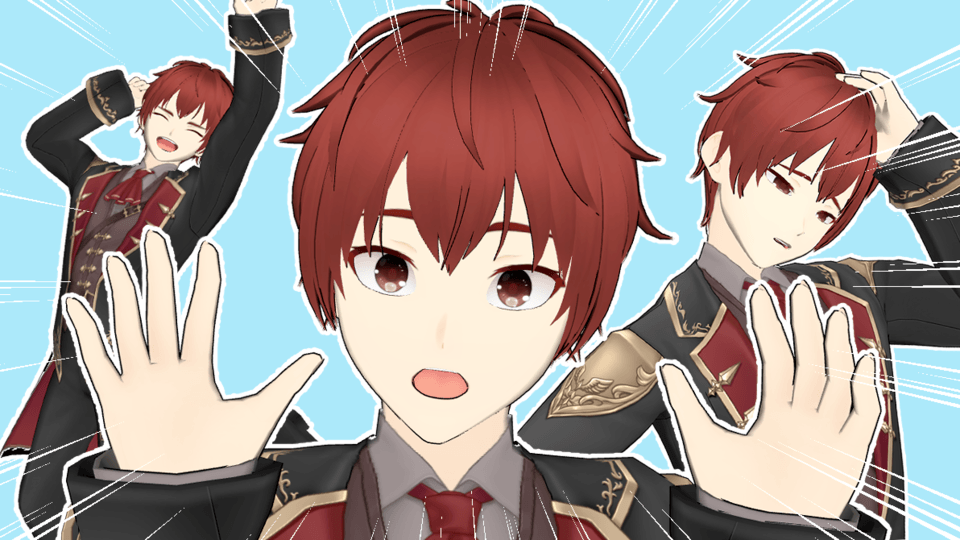How to Draw an Owl in 5 Easy Steps
Owls are a popular subject for drawing and painting, loved for their unique facial features and intricate feather patterns. While they may seem daunting to draw at first, you can learn how","completion":" illustrate these wise birds in just 5 easy steps. With some basic sketching techniques and an understanding of owl anatomy, anyone can master drawing charming owls.
Step 1: Drawing the Head
Start by lightly sketching a large circle for the top of the head. Then add angular lines to block in the flat face which will help place the facial features.
Placing the Facial Features
Draw two large overlapping circles on the face for the eyes. Leave a small triangle at the top for the beak. Finally, add some angular lines for the outer feathers surrounding the face.
Shaping the Head
Refine the roundness of the head and draw the branch or body the owl sits on. Add a guideline for the neck that extends from behind the eyes. Gently erase extra sketch lines.
Step 2: Adding Facial Features
This step brings life to your owl drawing by accurately placing the details of the eyes, beak, and surrounding feather patterns.
The Eyes
Draw large teardrop pupils. Add crescent shapes above and fine radial lines within the eyes for details. Darken the area between the eyes.
The Beak and Feathers
Refine the small triangle beak shape. Define feather shapes with U-shaped lines radiating from the face. Avoid pressing hard so these can be erased later.
Step 3: Sketching the Body and Wings
Lightly sketch flowing lines for the basic shape of the wings, chest, and feet. Refine the branch or body platform.
Building the Body Structure
Draw a oblong chest shape that overlaps the branch. Add a curved line underneath for the belly. Sketch the feet with long talons grasped around the branch. Outline the top curved shape of open wings.
Defining Details
Look at your references and add feather patterns along the edges of the wings and chest. Gently refine the branch or platform shape. Maintain very light sketching pressure.
Step 4: Detailing the Feathers
Analyze reference images to capture the layered shapes of owl feathers. Use flowing, overlapping lines to show fluffy feathers.
Layering Wing Feathers
Use multiple levels of U-shaped lines to create layered sections of longer flight feathers along the wings. Leave the undersides smooth for a soft look.
Shaping Body Feathers
Use light sweeping strokes to draw body feathers. Create rows that overlap from the chest to belly. Vary sizes for depth and interest. Leave spaces between groups.
Step 5: Adding Final Touches
Finish your owl drawing by adding selective details, cleaning up sketch lines, and carefully inking.
Details and Cleanup
Look closely at your reference and add any final facial or foot details. For instance add claw shapes or dark feather marks. Erase any working sketch lines, leaving the completed body and features.
Inking the Outlines
Using a pen or marker, carefully trace along key outline edges. For instance, draw along the wings, eyes, beak, feet, and any visible feather edges. Avoid inking small internal details to retain a whimsical, sketchy look.
>>>Read more: https://easydrawforkids.com/how-to-draw-an-owl/










Comment